Seven out of ten teens today see anxiety and depression as a significant problem, not only for themselves but also for their peers, according to Pew Research Center.
Photo: Bigstock
According to the Center for Disease Control and Prevention, one in every five children between 3 and 17 years old have been diagnosed with a mental disorder, making it the most common ailment among minors.
To find out more about what causes teens from 13 to 17 anxiety, Pew Research Center survey 920 teens from different incomes from across the United States.
On their research, the Washington-based think tank found out that the leading cause of stress in students is getting good grades: 61% of respondents said they were concerned about their academic performance, while only 29% feel pressure to look good and 28% to fit-in socially. This stress increases when there is a desire to go to university, a factor that 59% said they are planning on doing. In addition, 23% of respondents said they felt worried that their family did not have enough resources to cover their basic needs, something that most children did not have to think about before.
“For the first time, teens are more stressed than their parents are,” says Jonathan Dalton, a psychologist who directs the Center for Anxiety and Behavioral Change, “‘Enjoy your childhood. When you get to be an adult, you have mortgages and jobs.’ And now, for the first time ever, it’s flipped.”
Although the idea of going to college is generally a good career plan, it entails a lot of pressure for the students: 70% of adolescents are concerned about entering the university of their choice, and 65% are distressed about how they will be able to pay for their university studies, especially low-income students.
Despite being a serious problem, the anxiety that students face today is not being addressed adequately by schools. In a report carried out by the Child Mind Institute, a shortage of about 9,000 school psychologists was found, which means that there is only one professional for every 1,482 students.
Although schools have a lot to do, educators can help students better manage their anxiety. Previously, The Observatory wrote a guide for teachers so that they can help students become aware of themselves and identify their feelings and process them in a positive and self-regulated way. Find it here.
This article from Observatory of the Institute for the Future of Education may be shared under the terms of the license CC BY-NC-SA 4.0 
)
)
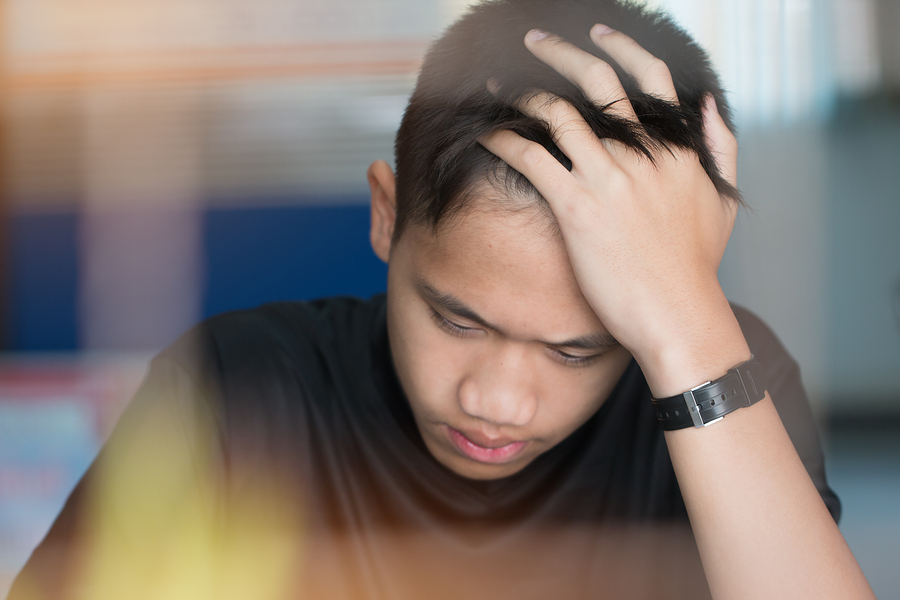
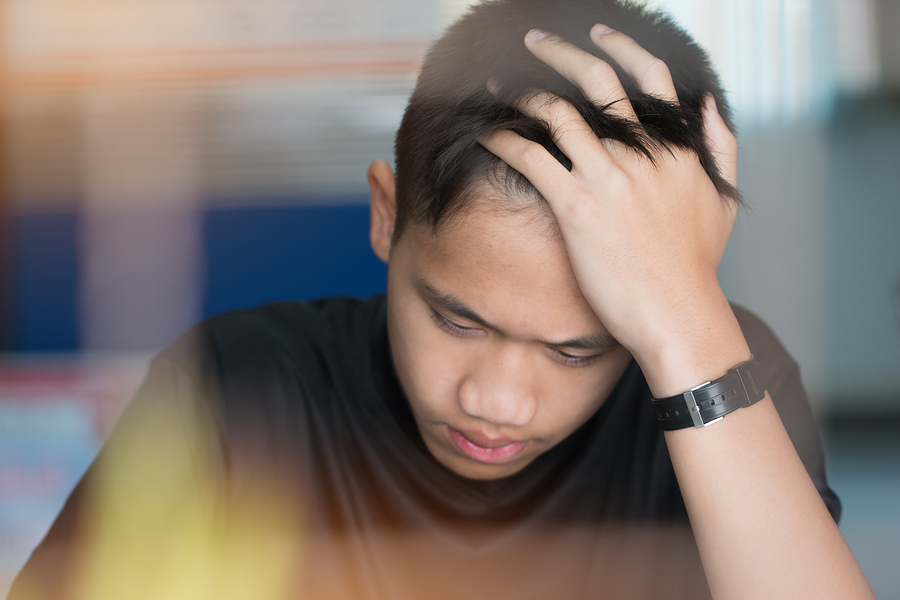




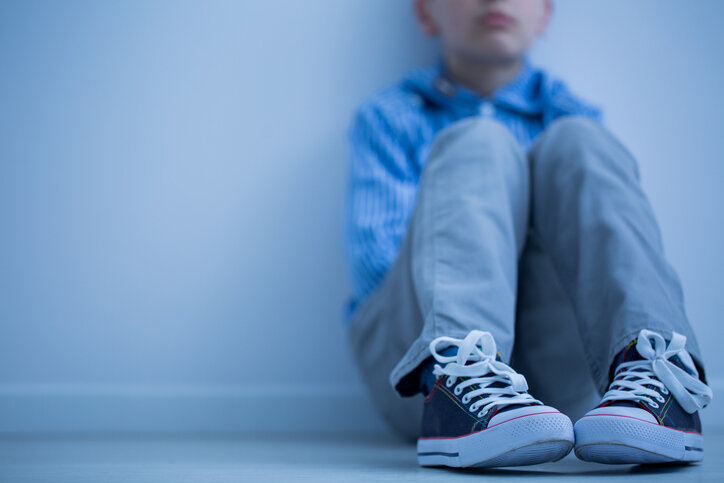
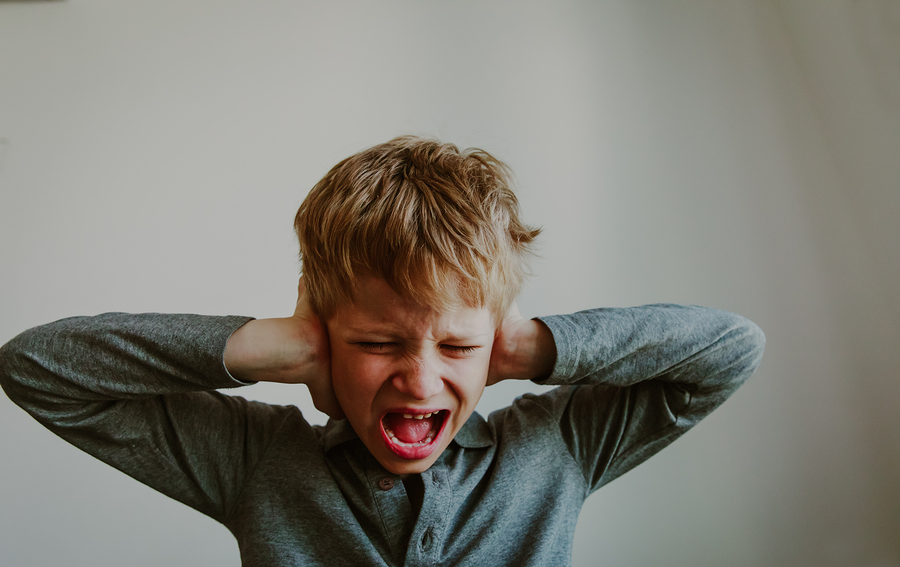
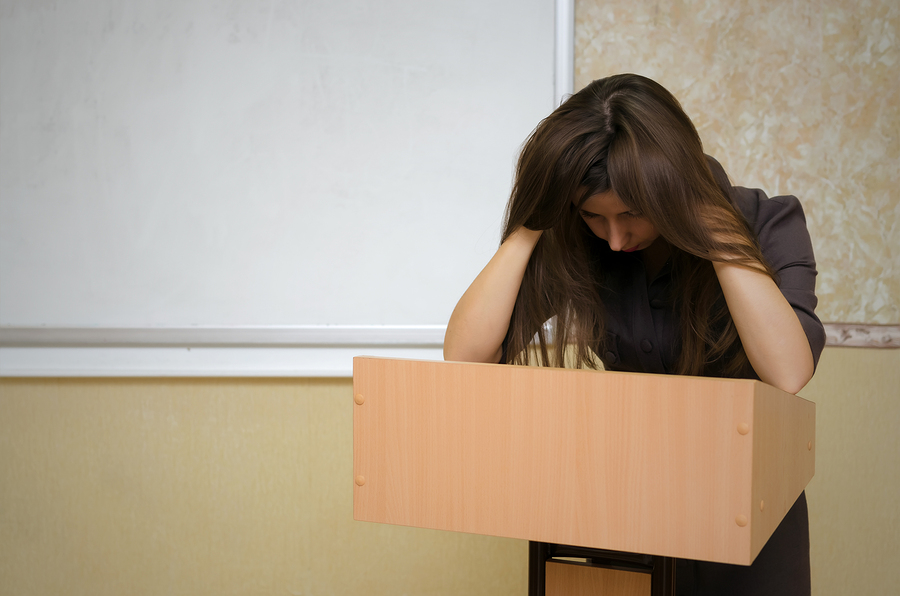
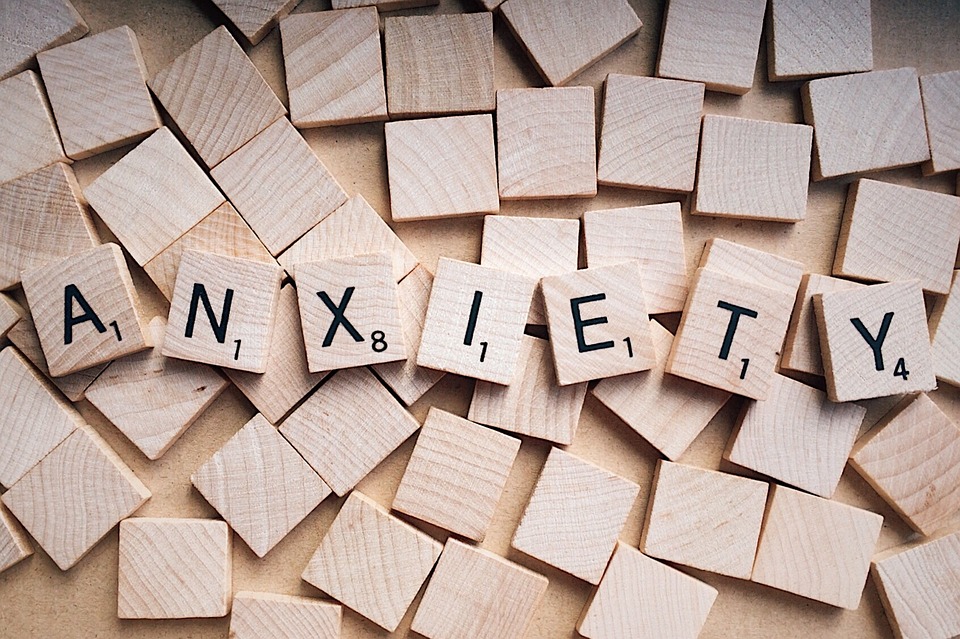
)
Paulette Delgado
Paulette Delgado
Paulette Delgado